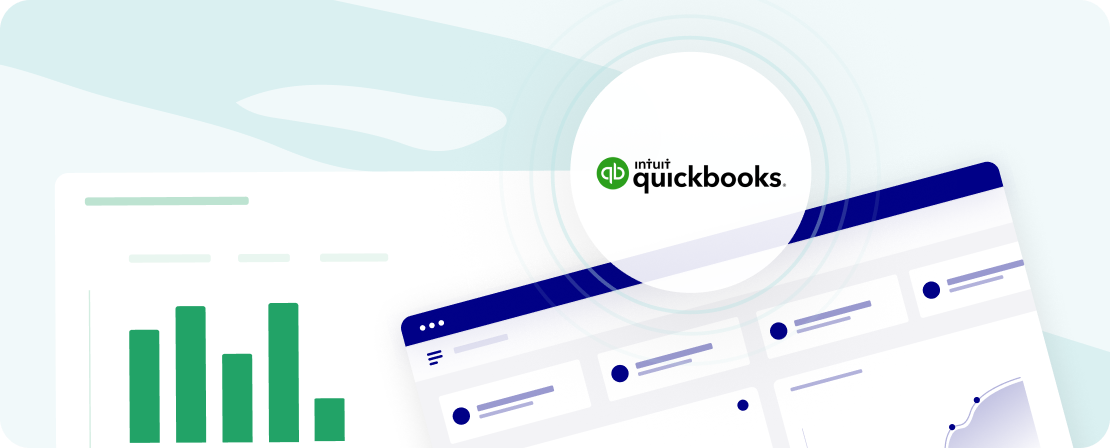-
What will an Intuit QuickBooks and Cube integration allow me to do?
+
Eliminate manual consolidation and gain increased visibility into your financial data and performance. Cube's business intelligence capabilities allow you to create interactive dashboards, reports, and visualizations based on the data extracted from QuickBooks. That way you can monitor key financial metrics, track trends, and make data-driven decisions more efficiently.
-
What data can be transferred as part of an Intuit QuickBooks and Cube integration?
+
Standard Integration: Transactional data.
Custom Integration: Transactions, operational data, inventory data, headcount data, and more.
Detailed: Cube supports a detailed-level importer from Quickbooks to pull line-level details of financial
Consolidated: Cube supports a detailed-level importer from QuickBooks to pull a consolidated data view.
-
Can the integration between Intuit QuickBooks and Cube be customized to meet my business requirements?
+
Yes, specifically for data categories and metadata (what data you bring over and how you organize your model and hierarchy). Data categories and metadata vary by connection type, so contact a member of our team to learn more!
-
I have a very large amount of data. How does this integration perform under load?
+
Depending on your volume of data, Cube can pull consolidated or detailed data to prevent performance degradation.
-
What's the typical setup time for an Intuit QuickBooks and Cube integration?
+
Two to four weeks.


“
You no longer have to download CSVs from your QuickBooks. Cube brings in all the data you need with a click of a button. I also really love how you can publish data back to Cube and classify it under different scenarios. Makes forecasting much easier!Zack M., Director of FP&A